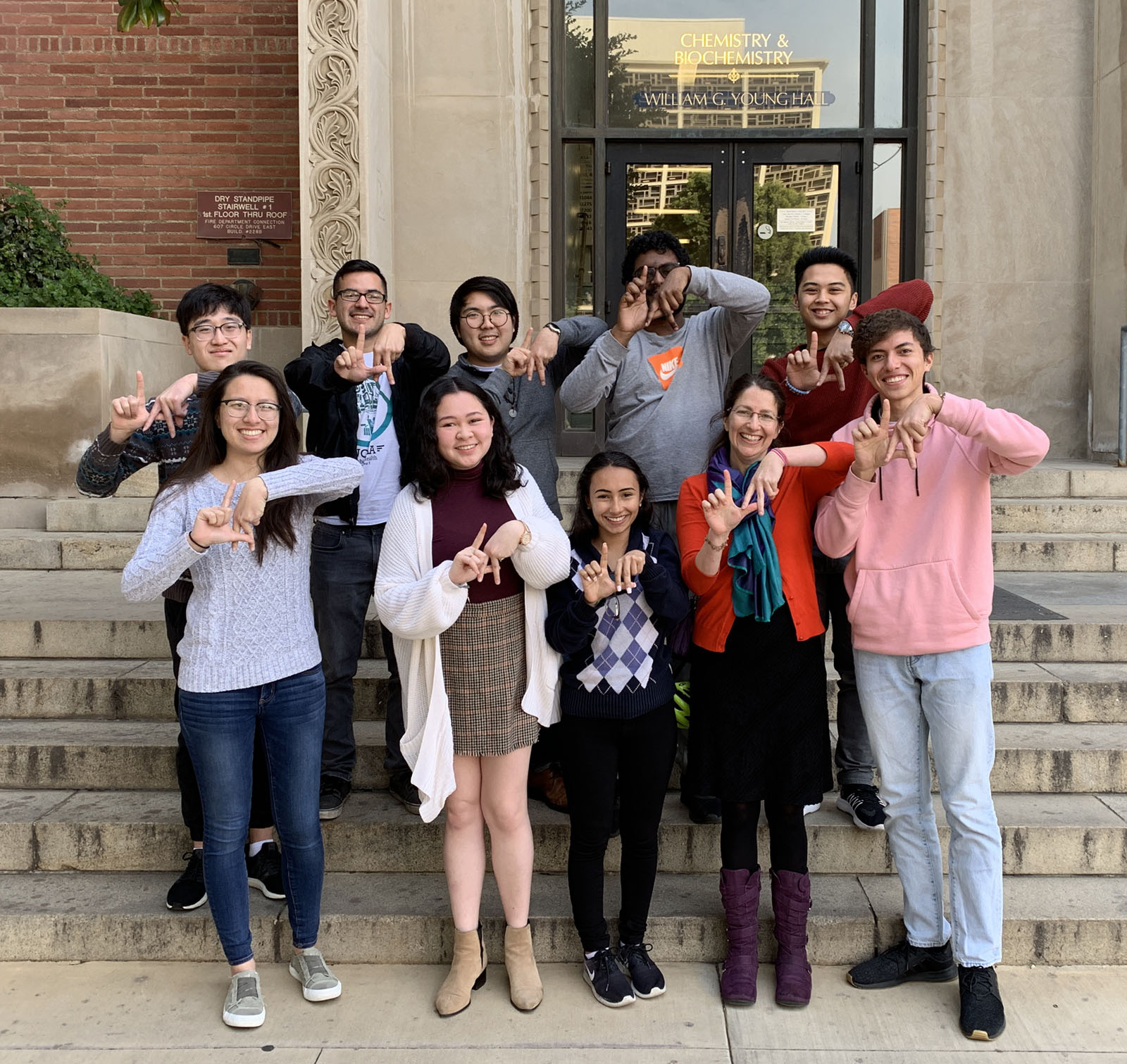Learning assistant program expands to reach more students in various disciplines

(Courtesy of Learning Assistants)
By Shelby Dunagan
Feb. 26, 2019 11:14 p.m.
Learning assistants are being integrated into more STEM courses and introduced to North Campus courses.
The Undergraduate Learning Assistant Program allows students who have done well in a course in the past to assist current students, according to the Center for Education Innovation and Learning in the Sciences website. LAs attend lectures, office hours and discussion and lab sections along with students and teaching assistants.
LAs will now be integrated into all introductory life science courses, computer science courses and physics courses, said Shanna Shaked, the director of the LA program and a physics professor. She added the program expanded rapidly from 2016-2018 due to increased grant funding and greater faculty interest.
“We are getting increased numbers of faculty requesting LAs, either in intro STEM courses or in upper division and GE courses,” Shaked said. “We do our best to accommodate these requests within the constraints of LA program funding.”
LAs have typically accompanied teaching assistants in STEM courses to provide additional help to students, but will now begin doing the same for North Campus courses.
Shaked said the program was originally created for STEM courses, but added she encourages expanding it to North Campus courses.
“When North Campus departments approach me, I’m happy to talk about how it could fit,” Shaked said. “A lot of the background techniques should be applicable for any type of learning.”
Shaked added that LAs serve a different purpose than teaching assistants do and focus more on encouraging discussion rather than providing instruction.
“It’s different from a TA, because they’re not intended to present a lot of information or be at the front explaining things to students,” Shaked said. “They sit with students and ask them questions to help them better understand concepts.”
Shaked added that more than 95 percent of students said in a survey they think LAs are helpful in the classroom.
“It seems to be expanding not because we’re really pushing it on people but because more and more faculty are asking for them,” Shaked said.
Timothy Hamilton, an LA and a fourth-year molecular cell and developmental biology student, said the LA Program aims to reduce achievement gaps between students by providing equal learning opportunities for everyone in a class.
Hamilton added that the program is working to expand to all classes offered at the university.
Gianna Uy, a first-year human biology and society student, said she appreciates having LAs in her courses and feels they have improved her learning experience as a STEM student.
“LAs are really helpful because they’re more approachable than professors or TAs and have taken the class so they have firsthand experience,” Uy said. “I think North Campus classes should incorporate LAs too because they would be helpful in any discipline.”
Irene Kim, a first-year economics student, said she has never had an LA in any of her courses but hopes to have them in the future.
“I have never personally had an LA in one of my classes,” Kim said, “So I think it would be helpful to incorporate them into more undergrad classes so people of every major can benefit from the additional help.”

